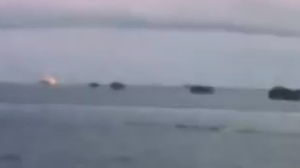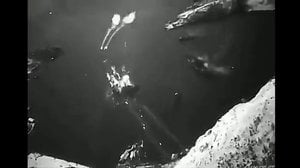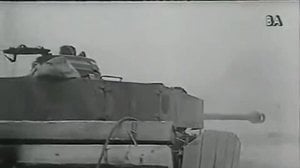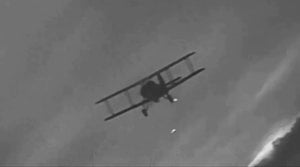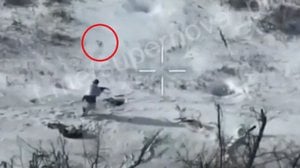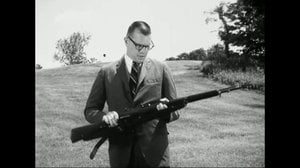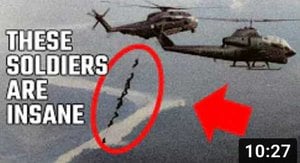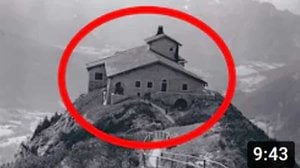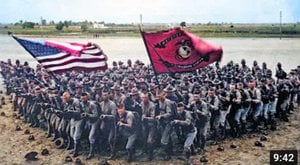
The American Invasion of Peleliu
Published 8 months ago
Historic combat footage from 1944 shows American forces conducting the invasion of Peleliu. Scenes include US Marines coming ashore and engaging with Japanese forces and Naval support operations of the ground combat forces on the island.
The American invasion of Peleliu, spanning from September to November 1944, marked a pivotal chapter in the Pacific theater of World War II. The objective was to secure the island's crucial airstrip and eliminate Japanese forces. The operation became a grueling test of endurance for American ground forces due to the island's unforgiving terrain and the extreme resistance of Japanese defenders.
The battle's ferocity took a heavy toll on both sides, with the U.S. Marines encountering intense opposition from deeply entrenched enemy positions throughout the island's network of caves and fortifications. This, combined with the Japanese troops' unwavering determination, led to a protracted struggle. Ultimately, the Americans prevailed, but at a significant cost. The campaign's lessons influenced future strategic decisions in the island hopping campaign, underscoring the need to balance tactical gains with the human and resource costs of such operations in the Pacific theater.
About the Author

Josh Brooks
Josh is an American writer and former USMC machine gunner with eight years of experience in ground combat arms throughout the GWOT. He is currently based in Texas and specializes in combat footage analysis and digital marketing.Follow Josh at OfficialJoshBrooks.com


